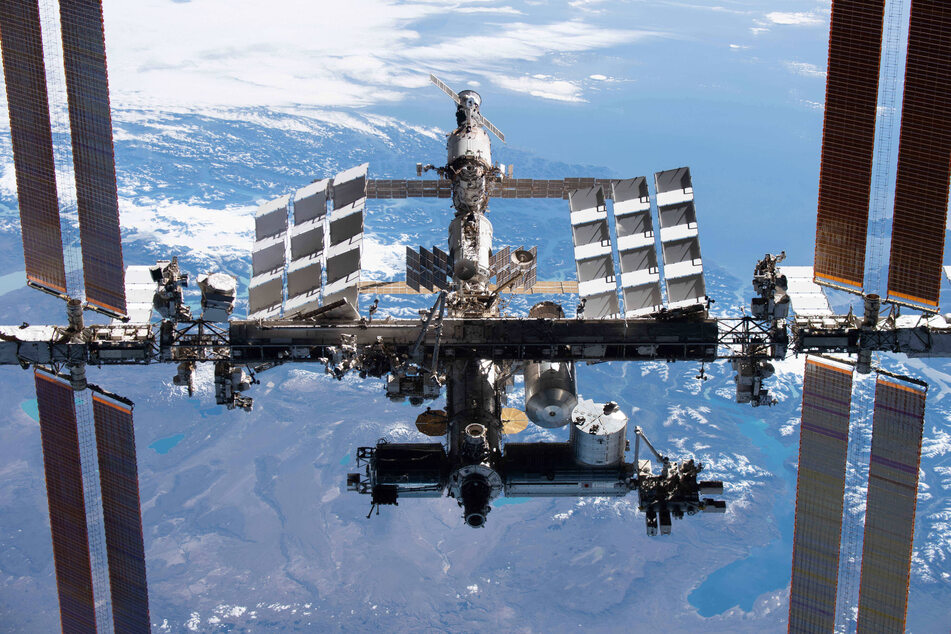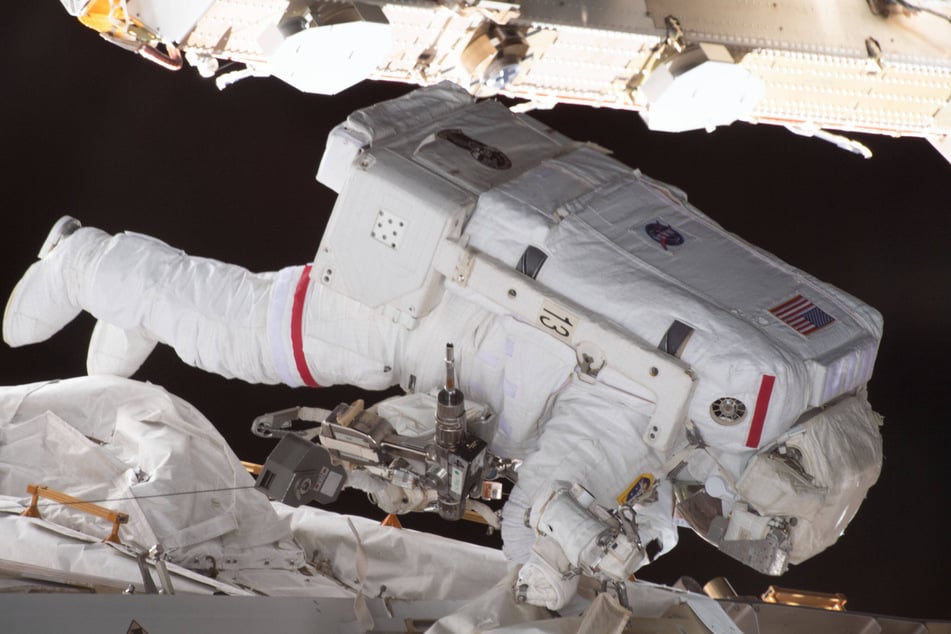NASA celebrates 25 years of the International Space Station
US space agency NASA celebrated the 25th anniversary of the start of work on the International Space Station (ISS) with a ceremony on Wednesday.

NASA Deputy Chief Executive Bob Cabana and ISS Program Manager Joel Montalbano spent around half an hour on the phone with the astronauts and cosmonauts currently stationed on the ISS – seven men and women from the US, Denmark, Japan, and Russia.
Exactly 25 years ago Wednesday, the first two modules, Unity and Zarya, were connected. The Russian module Zarya had been launched into space around three weeks earlier.
Cabana was the first American to enter the ISS.
"I can't believe it's 25 years ago today that we grabbed Zarya and brought it together with Unity. Absolutely fantastic," he said during the ceremony.
Since then, the human outpost has been orbiting the Earth 16 times a day at an altitude of around 256 miles.
Are the International Space Station's days numbered?

The ISS is a joint project of the space agencies of Russia, Canada, Japan, Europe, and the US – launched as an international project after the end of the Cold War.
After connecting the first two modules, it has grown steadily and is now about the size of a football field with six bedrooms, two bathrooms, a gym, and a panoramic window.
Space travelers have been conducting research in this space laboratory without interruption since 2000. The total costs have long been well over $100 billion.
Despite maintenance, renovation and retrofitting, the ISS technology is no longer state of the art. There are constant reports of damage, faults, leaks, and other problems. In addition, the current global political situation is not making the operation of the ISS any easier.
There is a broad consensus that the ISS could still be operated jointly until around the end of the decade. After that, it could be allowed to crash into the Pacific in a controlled manner.
Cover photo: IMAGO / ZUMA Wire
